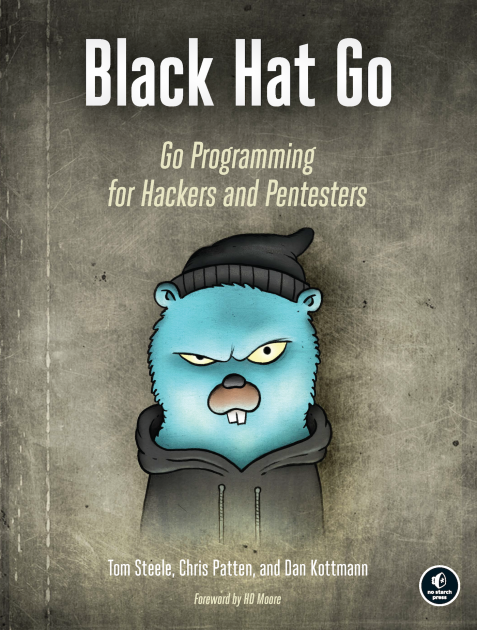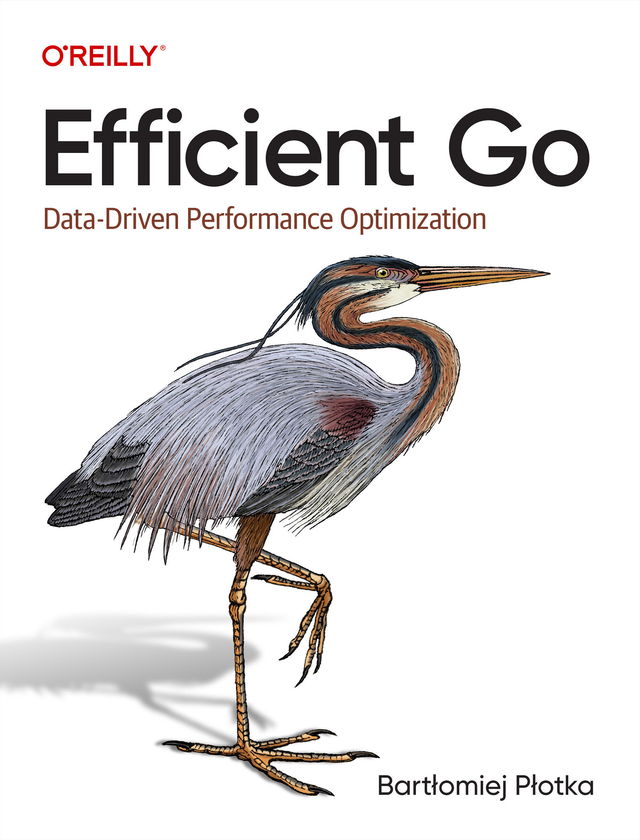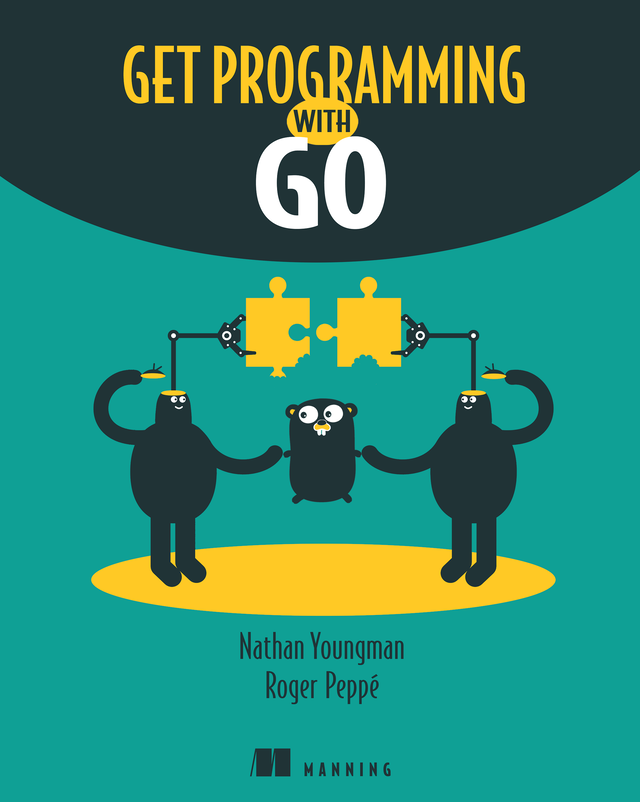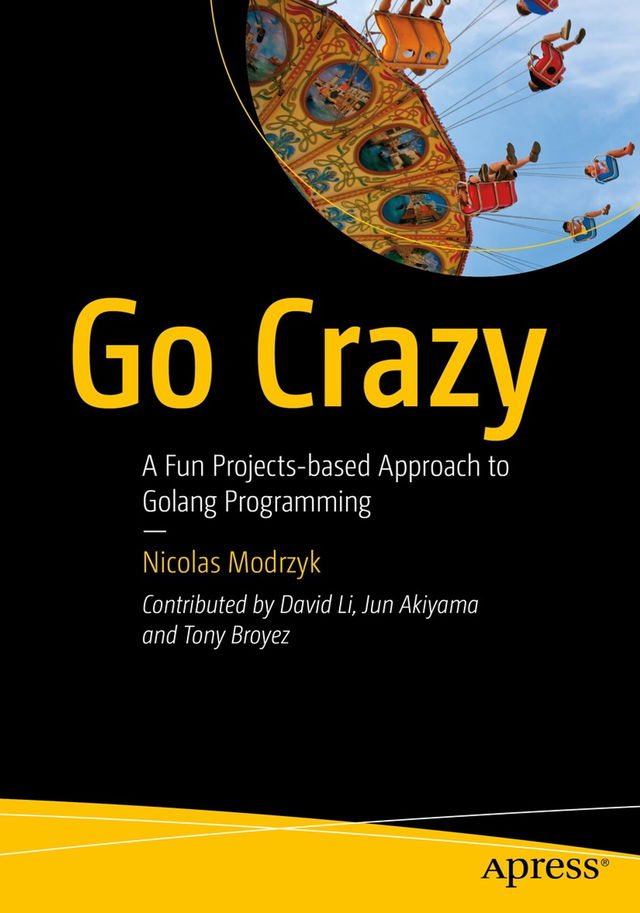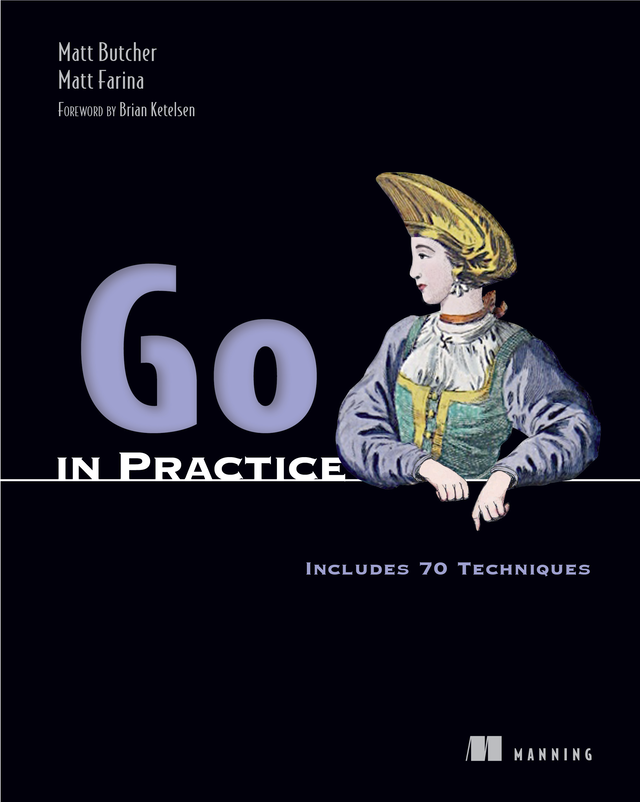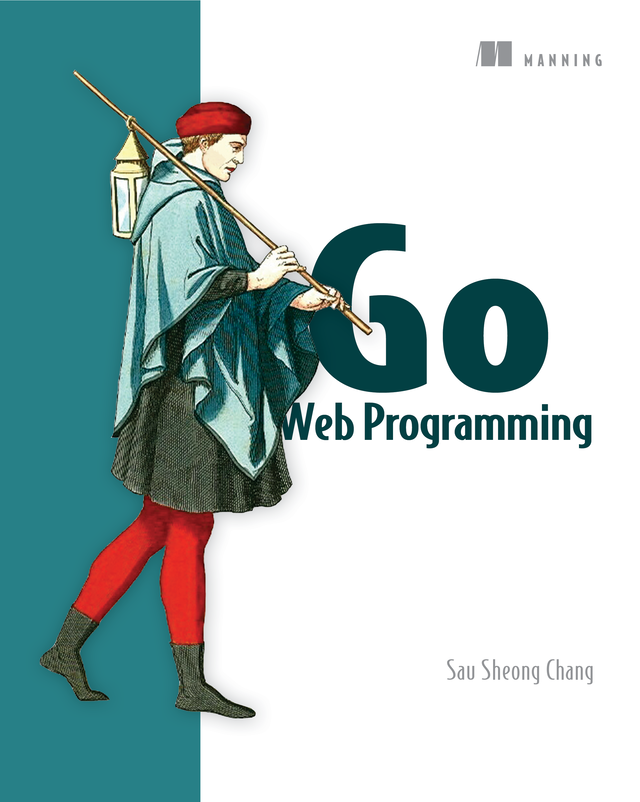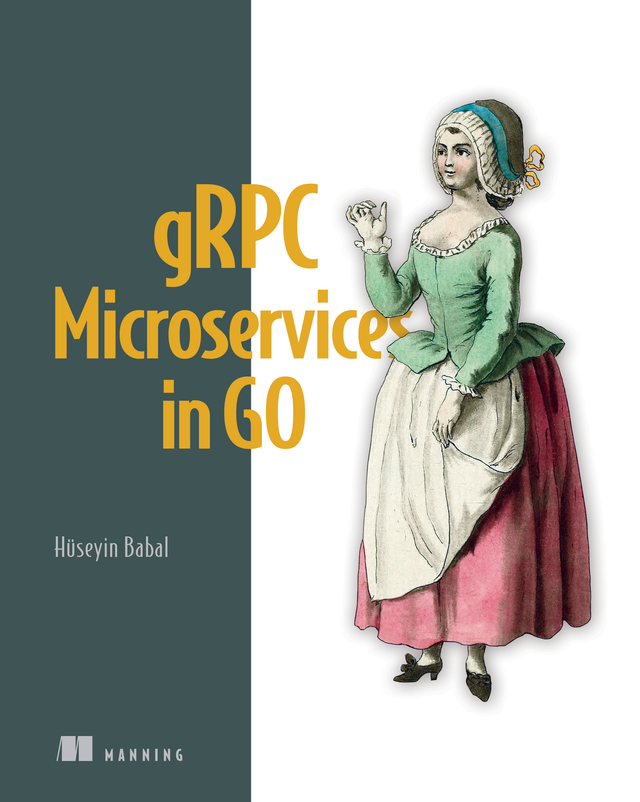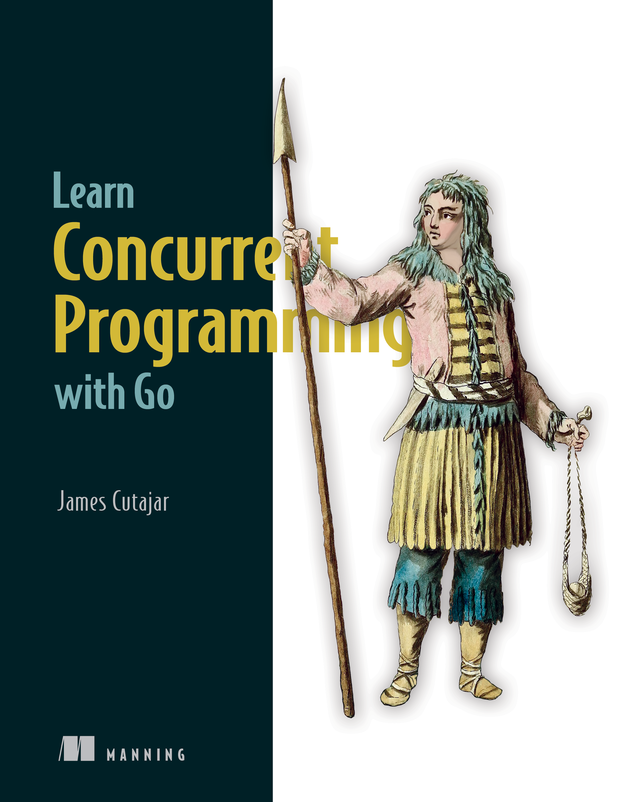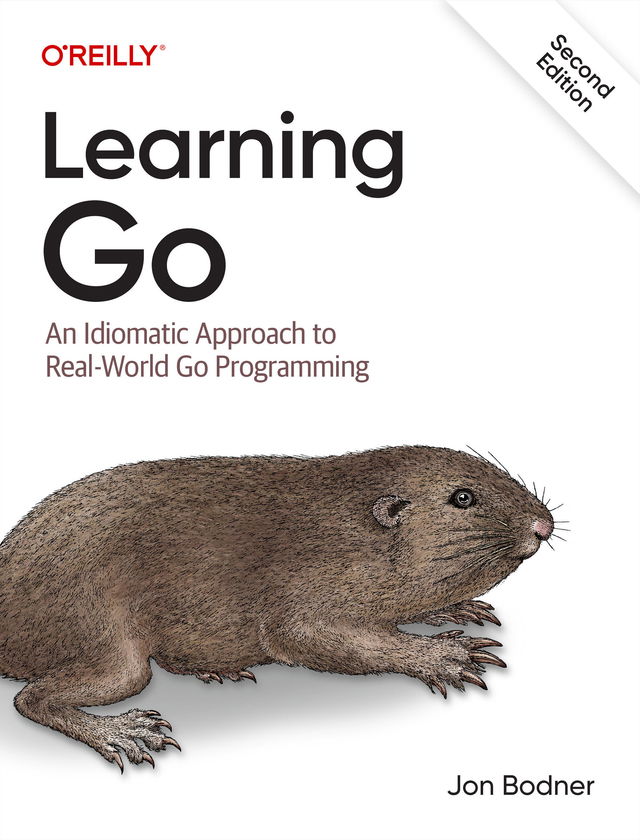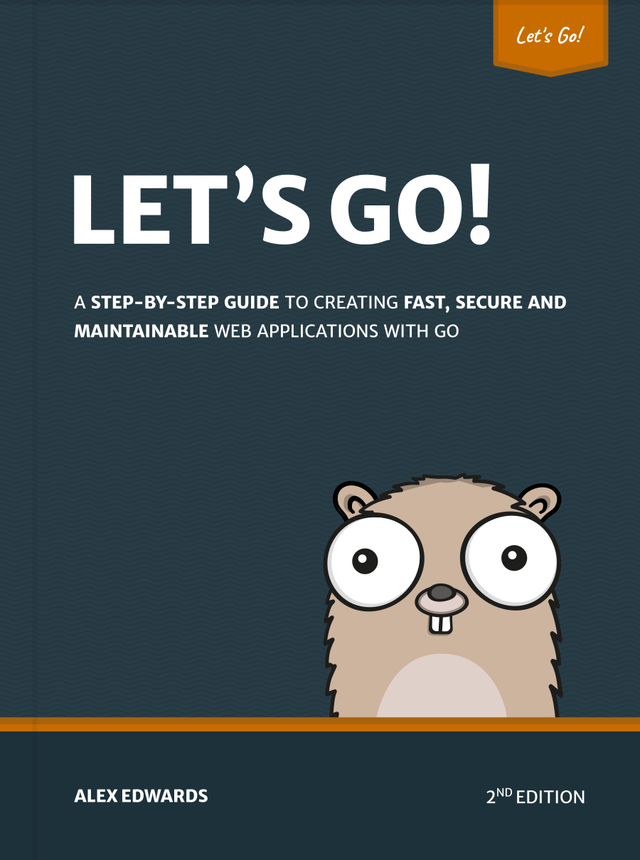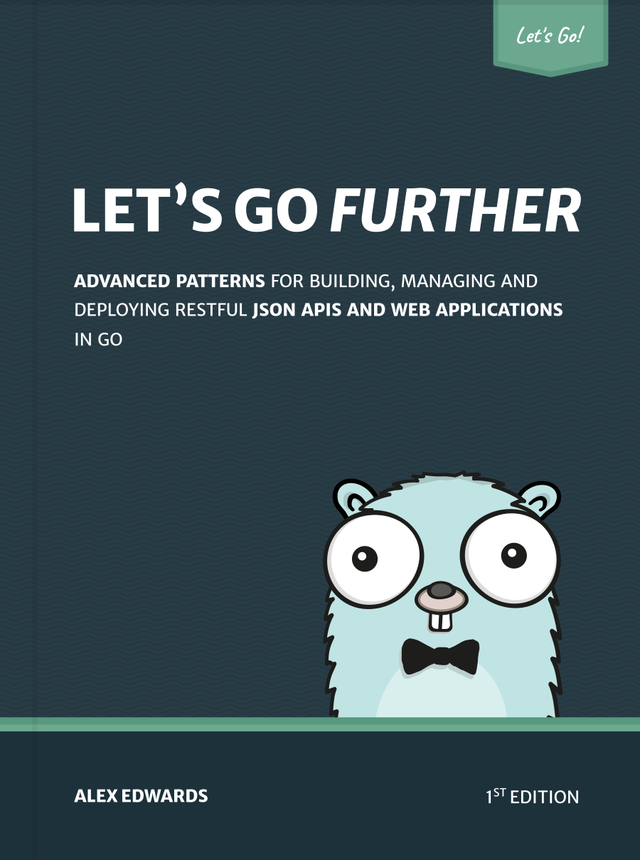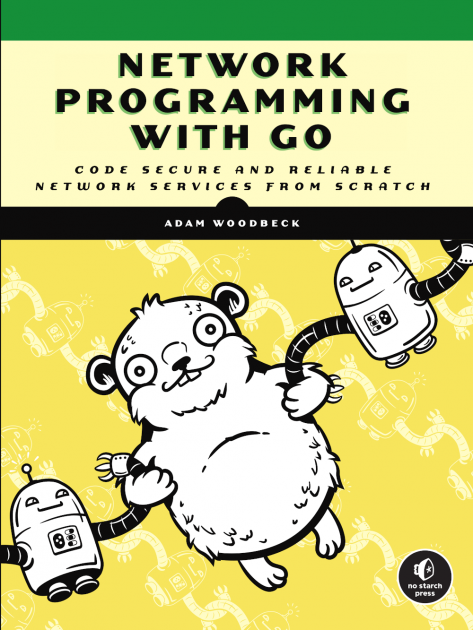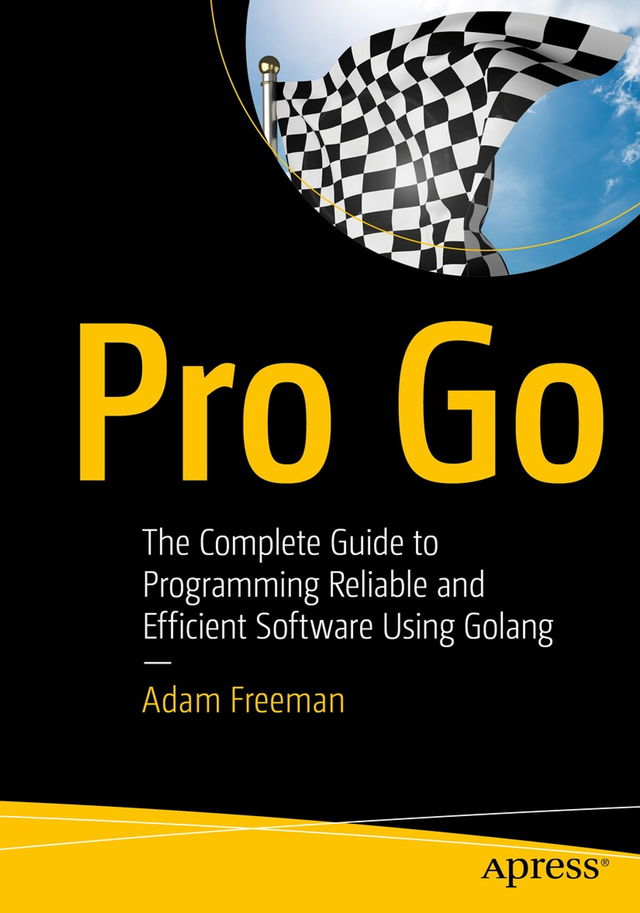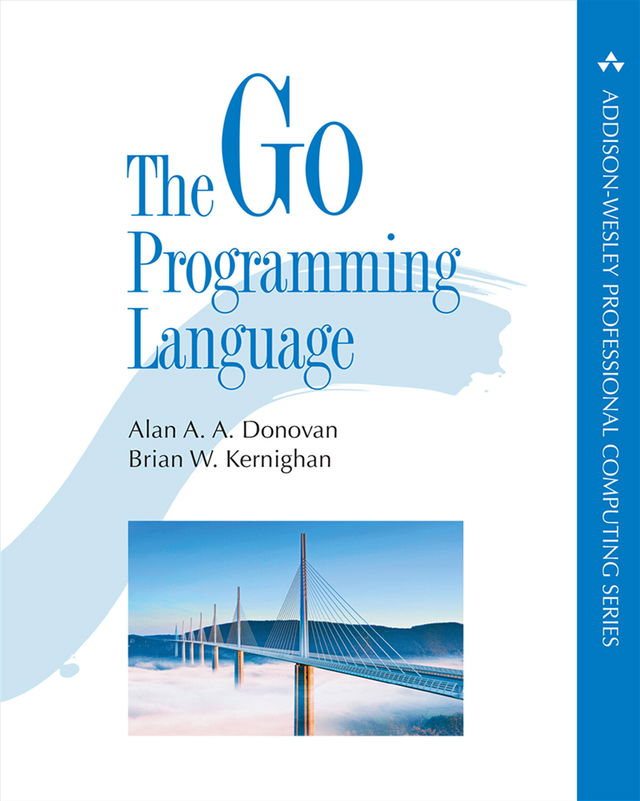Spot errors in your Go code you didn’t even know you were making and boost your productivity by avoiding common mistakes and pitfalls.
100 Go Mistakes and How to Avoid Them shows you how to:
- Dodge the most common mistakes made by Go developers
- Structure and organize your Go application
- Handle data and control structures efficiently
- Deal with errors in an idiomatic manner
- Improve your concurrency skills
- Optimize your code
- Make your application production-ready and improve testing quality
100 Go Mistakes and How to Avoid Them puts a spotlight on common errors in Go code you might not even know you’re making. You’ll explore key areas of the language such as concurrency, testing, data structures, and more—and learn how to avoid and fix mistakes in your own projects. As you go, you’ll navigate the tricky bits of handling JSON data and HTTP services, discover best practices for Go code organization, and learn how to use slices efficiently.

